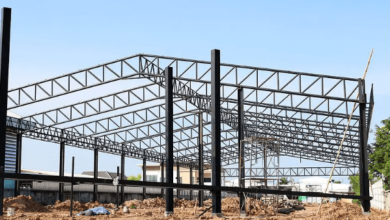
Misting systems have become a modern-day marvel during hot summers. The core of these systems is the misting pump, packed with technological advancements that prioritize comfort and efficiency. Let’s understand the science of these pumps.
1. Understanding Misting
Misting involves spraying minuscule water droplets into the air. When these droplets evaporate, they consume heat from their surroundings, resulting in a temperature drop. This phenomenon is termed ‘evaporative cooling’.
2. Misting Pump’s Function
The efficiency of misting systems is determined by the size of its water droplets. Smaller droplets evaporate faster, which leads to effective cooling. Misting pumps pressurize water, pushing it through specific nozzles. These nozzles transform the water into micro-fine droplets. Some high-pressure pumps can generate droplets as tiny as 5 micrometers!
3. Enhanced Comfort
A significant complaint with outdated misting systems is the discomfort of wetness. Advanced misting pumps combat this by producing droplets so tiny that they evaporate before making contact with people, ensuring a cooling effect without dampness.
4. Defining Efficiency
Efficiency in misting pumps is not just about energy conservation:
Water Conservation: By producing micro droplets, the pump guarantees maximum cooling with minimal water usage.
Broad Area Cooling: High-pressure pumps are apt for larger areas, making them suitable for expansive spaces or events.
Durability: Efficient pumps last longer and have fewer operational issues.
5. Maintenance Significance
Misting pumps require regular maintenance. It’s crucial to clean the nozzles, inspect for leaks, and maintain the pump’s motor. Regular maintenance extends the pump’s lifespan and assures consistent performance.
Conclusion
Misting pumps are a blend of science and engineering. They’ve transformed our cooling methods with their ability to effectively counter heat. Whether for personal use or commercial settings, misting pumps are an integral component of efficient and comfortable cooling.

